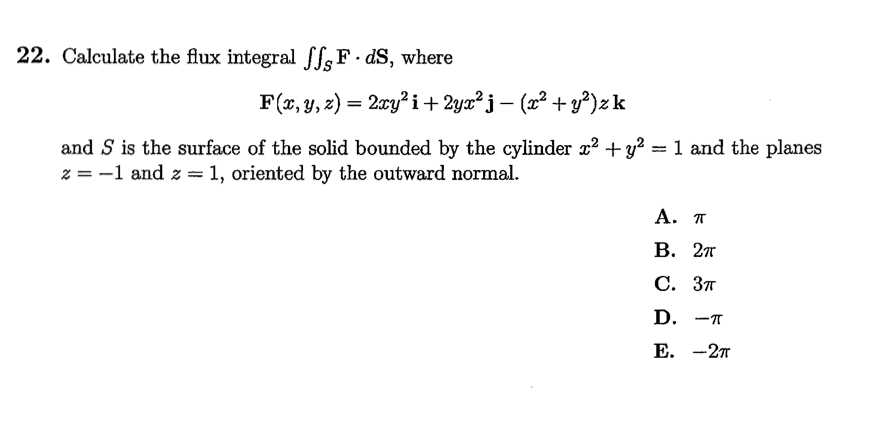
I've looked through books, and online pretty extensively, and I couldn't find the simple answer I was looking for, so I came here. In (c), the charges are in spherical shells of different charge densities, which means that charge density is only a function of the radial distance from the center therefore, the system has spherical symmetry.This is just a quick question of a misconception I have. In (b), the upper half of the sphere has a different charge density from the lower half therefore, (b) does not have spherical symmetry. We shall do this by making a sum of the fluxes through each of the six faces. In (a), charges are distributed uniformly in a sphere. We wish to find the flux of a vector field C through the surface of the cube. We’ll find that flux integrals require a few extra steps in addition to those above to make them easier. If water is flowing perpendicular to the surface, a lot of water will. That, therefore, is what I want to focus on tonight. Now that we have defined the area vector of a surface, we can define the electric flux of a uniform electric field through a flat area as the scalar product. For this reason, we often call the surface integral of a vector field a flux integral.


The data: F ( x, y, z) ( arctan ( y), z 2 1 + x 2, 2 x y) V: x 2 + y 4 + z 6 1. The spherical symmetry occurs only when the charge density does not depend on the direction. Of all the kinds of surface integrals you’ll encounter, I think the hardest has flux integrals, because the concept of flux is something that a lot of people have trouble understanding. While studying for a test I have encountered such a task: Calculate the flux through a closed surface, where S is a boundary of area V with an outward orientation.

Multiplying both sides by r2 and integrating gives r2g(r) C for some constant, and hence g(r) C r2, but this is exactly the form of V for some C, so the only radial vector fields with zero divergence are the given. Charges on spherically shaped objects do not necessarily mean the charges are distributed with spherical symmetry. Flux Across Surfaces, II Our analysis indicates that the total ux of a vector eld F across a surface S is the integral of Fn over the surface. Substituting X g(r)r into the divergence formula for the sphere gives that our condition is. If you know the mass density of a solid object that fills the region W, how do you calculate the total mass of the object By integrating the mass density over the volume of the solid region, you get the total mass. use green therom to find counter clockwise circulation and outward flux for the field F(7x-3y)i+(7y-3x)j and the curve C,the square bounded by x0,x7,y0. Different shadings indicate different charge densities. Next: Example 1: Flux of Up: The divergence Theorem Previous: Boundary of a Solid Flux From Flux Density.

\): Illustrations of spherically symmetrical and nonsymmetrical systems.


 0 kommentar(er)
0 kommentar(er)
